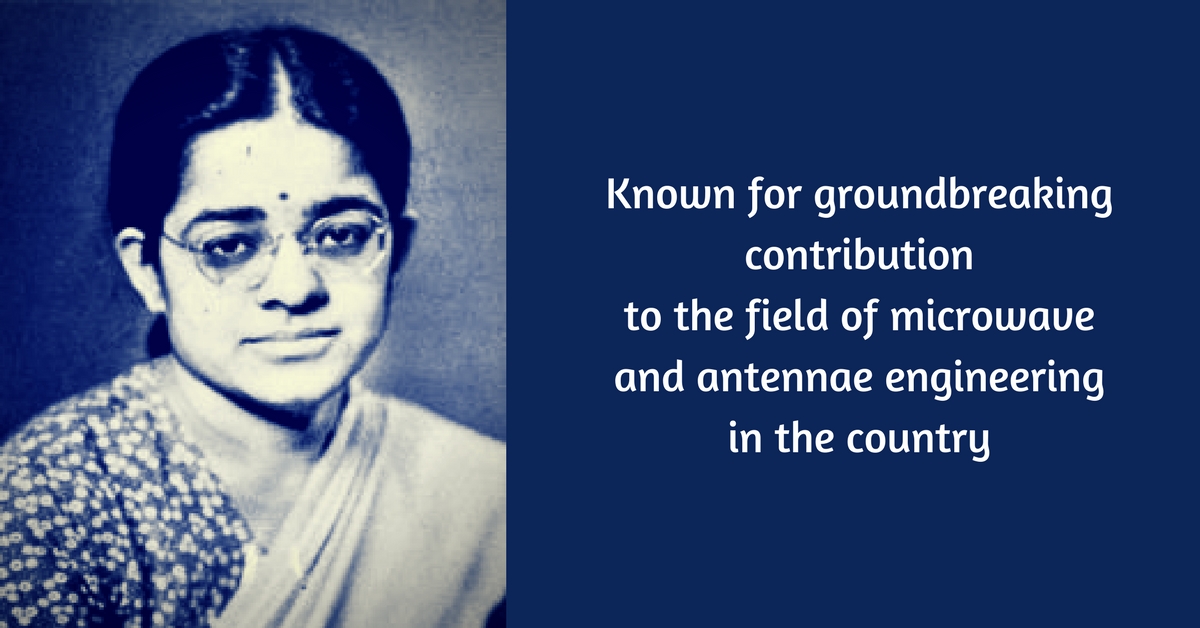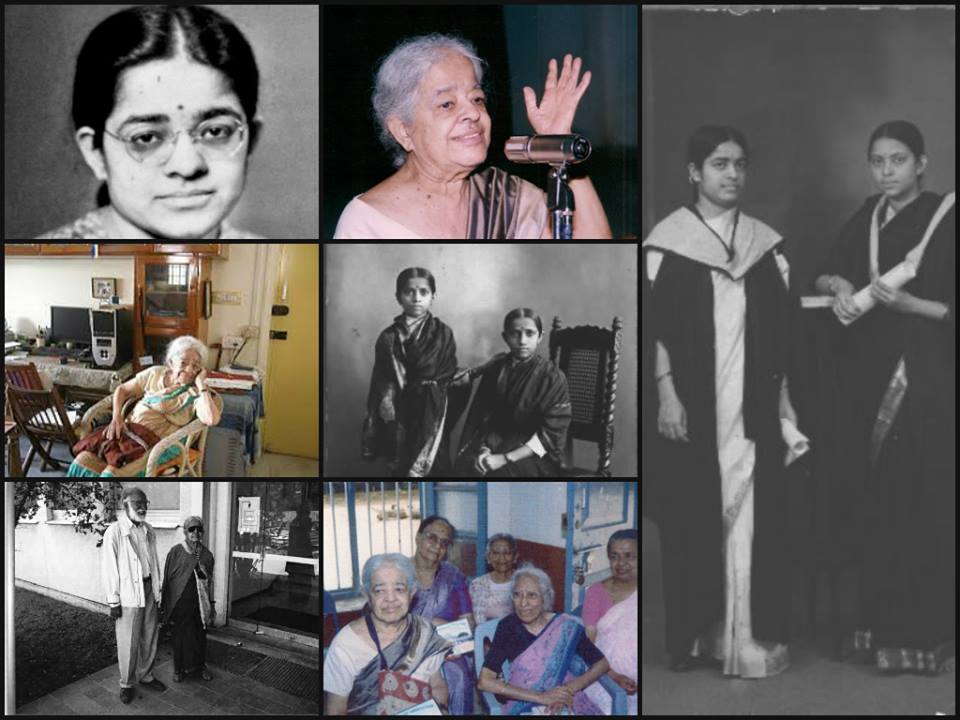All You Need to Know About Late Rajeshwari Chatterjee, One of India’s First Women Engineers
Considered to be the first woman engineer to hail from Karnataka, she was bestowed with the posthumous recognition by the ministry for her path-breaking contribution to the field of microwave and antennae engineering in India.

At a time when sprawling inequalities persisted in women’s access to education, one woman was making inroads into the field of engineering and setting up a niche for herself.
Jump back to 1953, when the Department of Communication Engineering at the Indian Institute of Science (IISc), Bengaluru, welcomed its new member Rajeshwari Chatterjee.
The only woman faculty in the institute at the time, Rajeshwari is widely considered as the first woman engineer to hail from Karnataka.

Acknowledging her groundbreaking contribution to the field of microwave and antennae engineering in the country, the Union Ministry of Women and Child Development named her as one of the ‘first women achievers of India’ and posthumously awarded the recognition on Wednesday.
“The Electrical Communication Engineering Department is honoured to be part of Prof. Rajeshwari Chatterjee’s journey in pursuit of excellence in engineering. Her stellar contributions to the department will be remembered with a lot of pride,” K.V.S. Hari, who is the chairman of the department at IISc, told The Hindu.
Here’s everything you need to know about the Indian wonder woman who set an example for the aspiring women engineers in the country:
1. Born in the year 1922 in Karnataka, Rajeshwari had the privilege of receiving primary education under a ‘special English school’ founded by her grandmother.
2. Following the culmination of her schooling, she made it to the Central College of Bangalore, where she pursued B.Sc (Hons) and M.Sc degrees in Mathematics.
3. Such was her dedication and earnestness towards learning that she ended up ranking first under Mysore University for both undergraduate and postgraduate degrees.
4. She was also awarded the Mummadi Krishnaraja Wodeyar Award, M.T. Narayana Iyengar Prize and the Walters Memorial Prize, respectively, for her performances in the B.Sc and M.Sc examinations.
4. After the completion of her M.Sc, she joined the Indian Institute of Science (IISc), Bangalore, as a research student in the then Electrical Technology Department in the area of Communication in 1943.
5. Selected as a ‘bright student’ by the Government of Delhi and given a scholarship to go abroad to pursue higher studies in 1946, Rajeshwari decided to head to the United States.
6. Back in the time when it was considered to be quite scandalous for Indian women to go abroad for the pursuit of higher education, the young woman let no barrier mar her determination.
7. Just a month short of India gaining its independence, Rajeshwari set sail for the US and reached her destination in a month. Here, she was admitted to the University of Michigan and gained her Master’s degree from the Department of Electrical Engineering.
8. Under the guidelines of the contract that she had signed with the Government of India, Rajeshwari underwent eight months of practical training in the Division of Radio Frequency Measurements at the National Bureau of Standards in Washington D.C.
9. Finishing which, she headed back to the University of Michigan and resumed her scholarly studies. In early 1953, she obtained her PhD degree for which she received the guidance of Professor William G. Dow.
10. After completing her PhD and receiving the degree, Rajeshwari returned to the homeland and joined the Department of Electrical Communication Engineering at IISc in 1953 – this time as a faculty member.

11. In the same year she married Sisir Kumar Chatterjee, who was also one of the faculty members at the institute. The couple had a daughter, Indira Chatterjee, who is now a Professor of Electrical and Biomedical Engineering at the University of Nevada, USA.
12. After their wedding, the husband-wife started research in the field of Microwave Engineering, which at the time was a pioneering research in India. They soon built a microwave research laboratory.
13. During the same period, she went on to become a professor at IISc, and eventually became the Chairman in the Department of Electrical Communication Engineering. Her areas of teaching expertise included electromagnetic theory, electron tube circuits and microwave technology.
14. Actively interested in research, Rajeshwari spent many years of her life mentoring almost 20 PhD students and wrote over 100 research papers along with seven books related to microwave engineering and antennae.
15. For her contribution and works in the field of microwave engineering, the great engineer was bestowed with many awards and recognition, including the Mountbatten prize from the Institute of Electrical and Radio Engineering in UK, J.C Bose Memorial prize from the Institution of Engineers and Ramlal Wadhwa Award for the best research and teaching work from the Institute of Electronics and Telecommunication Engineers.
Like this story? Or have something to share?
Write to us: [email protected]
Connect with us on Facebook and Twitter.
NEW: Click here to get positive news on WhatsApp!
If you found our stories insightful, informative, or even just enjoyable, we invite you to consider making a voluntary payment to support the work we do at The Better India. Your contribution helps us continue producing quality content that educates, inspires, and drives positive change.
Choose one of the payment options below for your contribution-
By paying for the stories you value, you directly contribute to sustaining our efforts focused on making a difference in the world. Together, let’s ensure that impactful stories continue to be told and shared, enriching lives and communities alike.
Thank you for your support. Here are some frequently asked questions you might find helpful to know why you are contributing?


This story made me
-
97
-
121
-
89
-
167













